Each year, a significant number of individuals experience injuries in slip and fall accidents due to the negligence of another party. From minor bruises and scrapes to severe injuries like fractures, traumatic brain injuries, or paralysis, the consequences can be significant.
If you experienced a slip and fall resulting from a hazard like a wet floor, pothole, or similar conditions on someone else’s property, it may provide grounds for an injury claim. You may be entitled to damages such as medical expenses, lost wages, and compensation for pain and suffering for your injuries resulting from the accident. If you find yourself in such a situation, understanding how to prove a slip and fall case becomes crucial.
Presenting a compelling case requires concrete evidence. Because the outcome of your case relies solely on you to prove to the court that negligence was a factor, we highly advise you enlist the help of an experienced Los Angeles slip and fall attorney at Salamati Law.
Negligence in California Slip and Fall Accidents
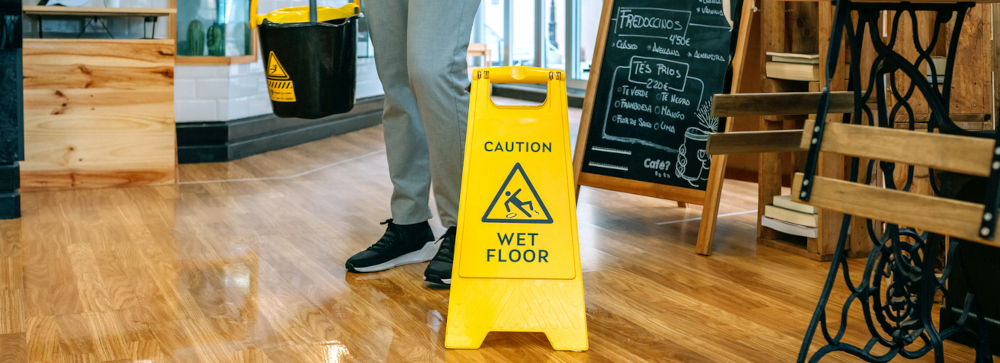
Slip and fall accidents can lead to serious injuries, and when they occur on someone else’s property, the question of negligence (who is responsible) arises. In California, establishing negligence is critical for pursuing a successful slip and fall claim.
Property owners in California can be considered negligent if they fail to uphold their duty of care to ensure the safety of visitors on their premises. This means that if something happens that may make the premises unsafe, such as a broken sidewalk or ice, property owners must take action to make it safe as soon as they know about it. That includes fixing their property, getting rid of ice, and putting warning signs around any unsafe areas. Failure to do so may result in the property owner being held liable for injuries sustained by visitors.
Are Slip and Fall Cases Hard to Prove?
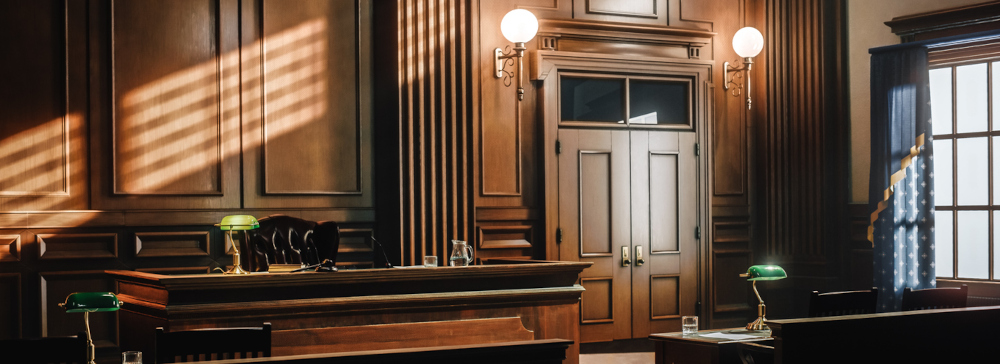
Establishing evidence of the other party’s negligence is a fundamental requirement in any personal injury case. In the context of a negligence claim, the plaintiff must successfully prove the following crucial elements, which include:
- They owed you a duty of care (They occupied, leased, controlled, or owned the property in question).
- They breached this duty of care by failing to use reasonable care in the use and/or maintenance of the property.
- This breach of duty led to your slip and fall accident which resulted in your injuries.
- Damages such as medical expenses, lost wages, pain and suffering, and other related losses were incurred as a result of the incident.
Several factors contribute to the difficulty of proving slip and fall cases. Proving that a property owner was aware of or should have been aware of a dangerous condition can be subjective and may require careful legal argumentation. It may involve investigating the property’s maintenance history and the owner’s responsiveness to previous similar issues.
Furthermore, in slip and fall cases, comparative negligence adds another layer of complexity. The property owner may argue that the injured victim’s lack of awareness and failure to exercise due care, contributed to the accident. These factors highlight the importance of obtaining a skilled slip and fall attorney and presenting compelling lawsuit evidence to help build a strong case.
Proving Fault in a Slip and Fall Case
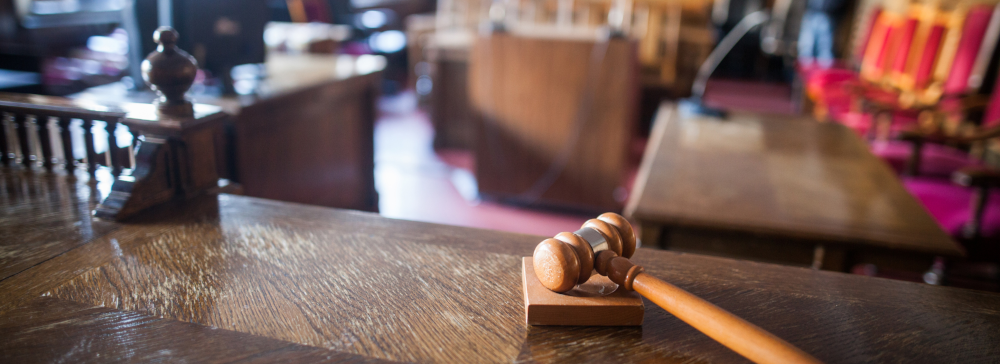
Slip and fall lawsuits seek to restore the balance between a property owner’s responsibility to maintain their premises and the guest’s duty to remain aware of their surroundings and exercise reasonable caution. In order to prove that the defendant was at fault for your injuries, your lawyer will have to show proof that:
1. The Defendant Had a Duty of Care
Proving duty of care might be as simple as requesting the property deed, which states the name of the owner and who is directly responsible for the upkeep. All property owners in California have an obligation (or “duty of care”) to keep their premises reasonably safe for guests and visitors. To be a guest, you must have been invited or allowed on the property (eating in a restaurant or shopping at a store). In other words, you must not have been trespassing, committing a crime, or breaking a restraining order at the time.
2. A Dangerous Condition Existed on the Property
You know that a dangerous condition caused your accident, but how can you prove it to the court? Ideally, you’ll take photographs at the scene. You’ll get contact information for any witnesses who saw what happened that day. You want to provide evidence that proves your claim that you were using the property, as reasonably intended, when the accident occurred. The court will then consider the type of dangerous condition that existed.
Common grounds to sue include: wet, waxed, or otherwise slippery floors; accumulated rainwater; mold and mildew; clutter and objects obstructing walkways; uneven floor rugs; broken glass; damaged stairs and railings; cracks in the sidewalk or pavement; crumbling ceiling; exposed extension cords; or poorly lit parking areas. A skilled personal injury lawyer will be able to help you determine if you have grounds to sue.
3. The Defendant Knew or Should Have Had Notice of the Dangerous Condition and Failed to Act
Next, you’ll want to prove that the defendant “knew” or “should have known” about the dangerous condition. If you drop a carton of milk in the store and immediately slip and fall a few seconds later, it is not reasonable to presume the property owner knew about this or had time to fix it. It is another matter entirely if the property owner knew the hazard existed, but chose to ignore it, or if the property owner or their employee negligently caused the risk.
The courts will consider how long the danger was there and what a “reasonable” amount of time might be to remedy the situation. If it takes some time to repair– such as the case of a plumbing leak or a cracked sidewalk– the property owner should post adequate warnings and call a contractor to make a “good faith effort” to restore it.
You may need to defend yourself against the defendant’s assertion that you were behaving irresponsibly at the time, wearing improper footwear, in an area where the public is not allowed, or distracted and not paying attention.
4. The Dangerous Condition Caused Your Injury
Proving causation is essential to show that the defendant is responsible for your injuries. Causation means that the unsafe condition (like a wet floor or uneven pavement) directly caused your fall and subsequent injury. To prove this, your attorney must provide evidence that clearly links the dangerous condition to your accident. This might include witness statements, security camera footage, maintenance logs, or expert opinions. Your lawyer will also need to prove that your injury would not have happened if the hazard hadn’t been there. In other words, the dangerous situation must be the main reason for the accident.
5. You Suffered Damages as a Result of Your Fall
In California, “I could have been hurt or killed” is not a justifiable reason to sue. Slip and fall lawsuits must be based on actual financial loss. A physical injury with medical bills is the most common reason. A doctor’s report, diagnostic imaging, and testimony from a rehabilitation specialist come in handy. You may miss time off work to heal from your injuries. You might fall and damage your smartphone or some other piece of personal property. “Pain and suffering” can be added onto a claim but must accompany injury and loss.
Common Types of Evidence in a Slip and Fall Lawsuit
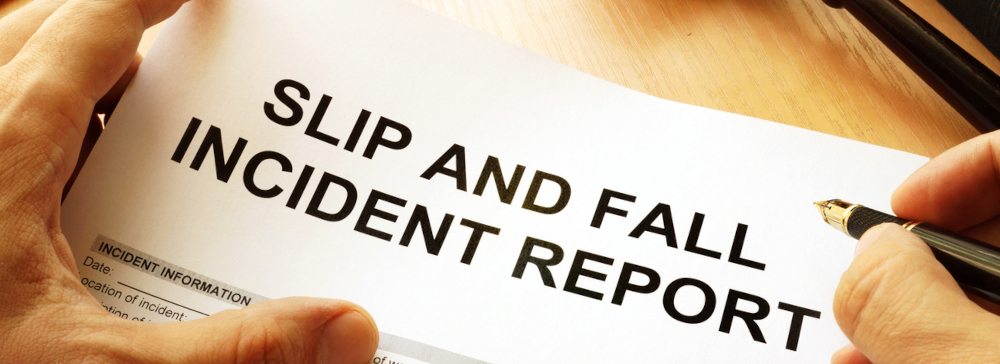
The key to winning these types of lawsuits lies in presenting compelling evidence to effectively prove negligence in a slip and fall incident. This evidence should convincingly demonstrate the fall resulted from the property owner’s actions or negligence.
Here are crucial elements to focus on when gathering evidence in slip and fall cases:
Accident Report: It is crucial to obtain an accident report filed with the property owner or manager as soon as possible following a slip and fall incident. These reports are valuable evidence in slip and fall lawsuits, offering an official account of the incident, details about the hazardous conditions, and insights into the property owner’s response.
Medical Records: Obtain and present medical records that detail the injuries sustained in the fall. These records serve as crucial evidence linking the incident to your injuries. They provide concrete evidence of the harm suffered, strengthening your position in seeking compensation for medical expenses, pain and suffering, and other damages.
Eyewitness Statements: Begin collecting witness information at the scene of the accident. Take down the names and contact details of anyone who witnessed your fall. This immediate collection ensures that crucial information is not lost over time. After the fall, your lawyer can conduct a thorough investigation to identify additional witnesses who could be relevant to your claim.
Photographic and Video Evidence: Date-stamped photographs and video footage of the accident scene can be crucial evidence in slip and fall cases. If you are able, make sure to emphasize unsafe conditions such as lack of warning signs, wet floors, uneven surfaces, poor maintenance, and inadequate lighting. Additionally, document physical signs of injury, such as bruises, bleeding, or swelling, to reinforce the impact of the fall. If available, secure surveillance footage of the accident. Video evidence can be compelling in showing the circumstances surrounding the incident and identifying any negligence on the part of the property owner.
Preserve Clothing and Footwear: Preserve the clothing and footwear you were wearing during the incident is also vital. Any stains, tears, or damage present at the time of the incident can serve as tangible evidence of the severity of the fall.
By diligently gathering and presenting these types of evidence, you enhance your chances of building a strong case in a slip and fall lawsuit. Even if you did not immediately begin collecting and preserving evidence, it is important to do so as soon as possible. The gathering and preservation of evidence will play a pivotal role in helping your slip and fall lawyers comprehensively understand your case and will enhance the chances of securing the highest possible settlement award for you.
Consult with an experienced lawyer at the Salamati Law Firm to ensure that your evidence is well-organized and effectively supports your claim of negligence against the property owner.
How Should I Document My Injuries After a Slip and Fall Accident?
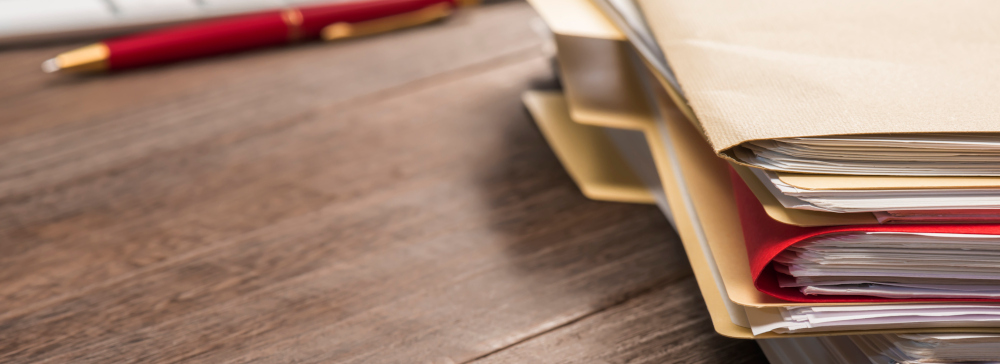
Keep comprehensive and consistent notes as you recover in a treatment journal. Include the names and addresses of all your healthcare providers, including physical therapists and chiropractors. In addition, save all correspondence from them. This should include emails, notes from appointments, and notes you take during or after phone calls.
Try to make the treatment journal part of your daily routine. Use a method you’re comfortable with to encourage consistency.
Consider the following:
- Use the notes section on your phone
- Send brief emails to yourself
- Buy a weekly planner and use it to record your recovery
- Record voice messages
Each time you make a journal entry, include the date and time and be as specific as possible. For example, perhaps you could walk a half mile for three consecutive days, but on the fourth day, you couldn’t because the pain was too great. Talk about your limitations; for example, can you walk outside to pick up the mail, drive, cook, or attend a meeting?
In addition, include this information.
- Pain levels in the morning, afternoon, and evening
- What, if anything, prevents you from getting a good night’s rest
- Mobility issues. For example, can you do laundry, shop, or garden?
- Daily Medication. What medications are you taking daily? Indicate the dosages for each one and at what time you took them.
- Current physical therapies and how you feel afterward.
The more detailed, the better—it’s hard to refute a well-organized treatment journal.
How Can a Slip and Fall Lawyer Help?
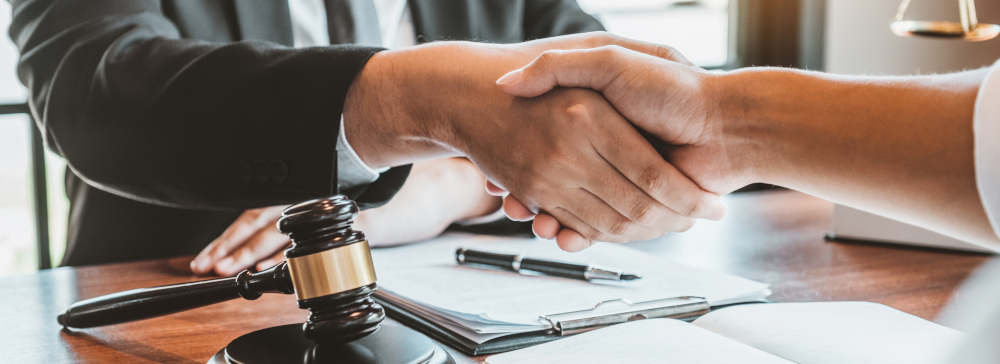
We understand how daunting it can be for someone who has been injured in a slip and fall accident to determine how to proceed with a potential claim against a property owner. That’s why our team at The Salamati Law Firm is here to provide the support and expertise you need. Engaging a lawyer after a slip and fall accident is crucial for various reasons.
Our experienced attorneys understand the complexities involved in pursuing a claim against a property owner. We can handle all legal matters associated with your case, offering you the guidance and representation necessary for a successful outcome. We will guide you through the process of gathering and preserving essential evidence, ensuring that your claim is built on a solid foundation.
Injured In a Slip and Fall Incident? – Contact Salamati Law Today
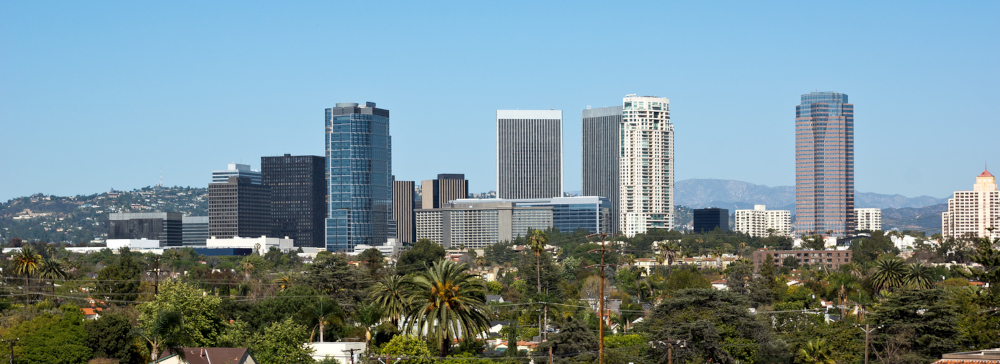
If you’ve been a victim of a slip and fall incident in Southern California, securing legal representation is essential to prove negligence and seek fair compensation. Salamati Law is experienced and aggressive in premises liability cases.
When faced with the aftermath of a slip and fall accident due to someone else’s negligence, you must make quick decisions that could have long-term implications. Our legal team is well-versed in the intricacies of slip and fall cases and with our legal support, we will work hard to win your case. Call us for a free consultation and speak with a Los Angeles slip and fall attorney today.